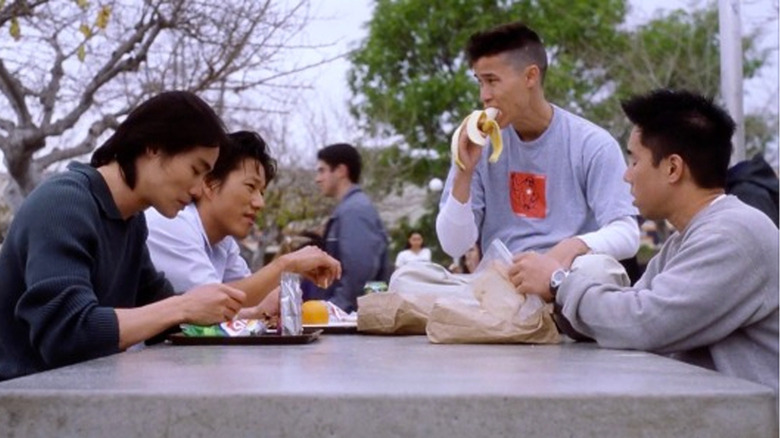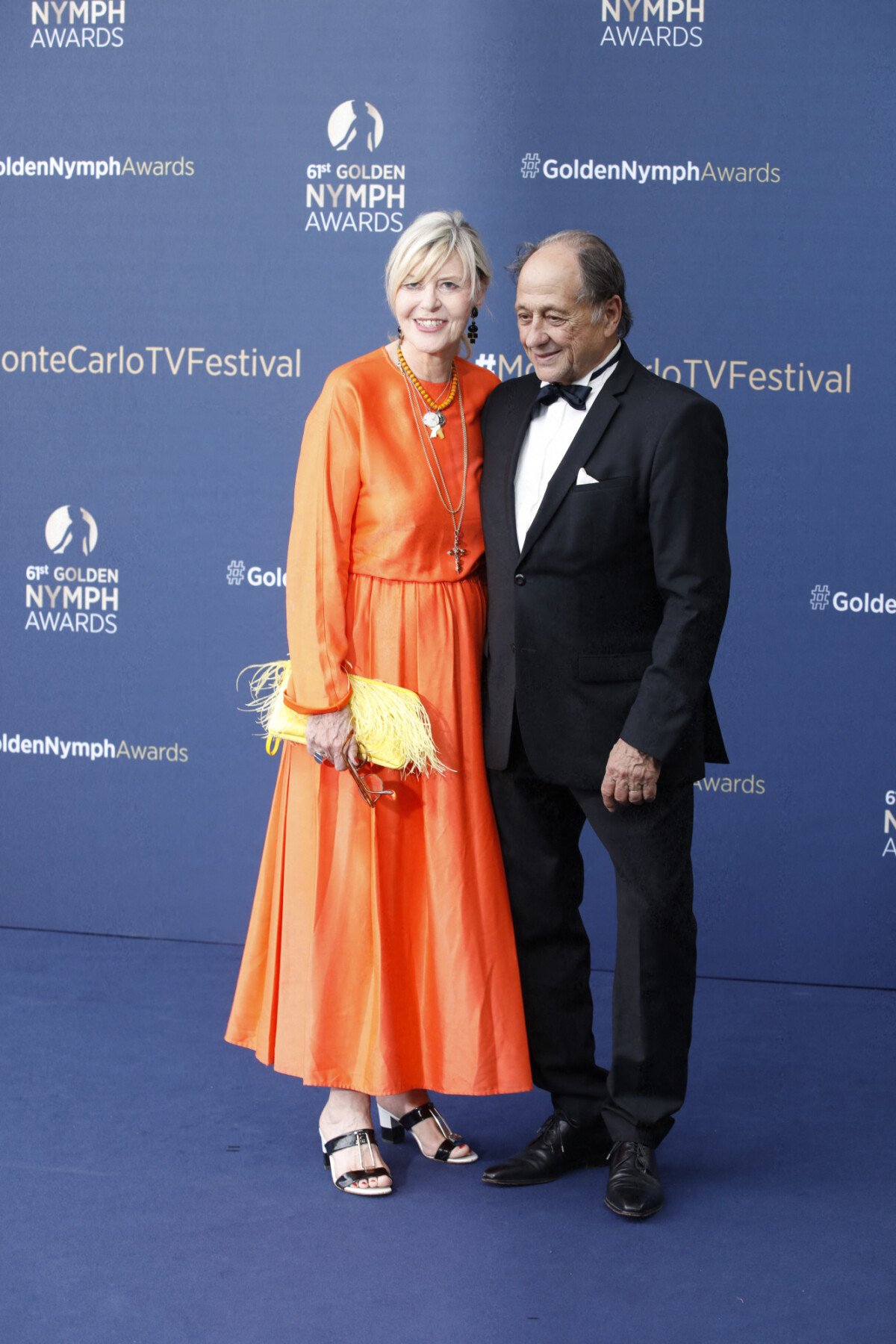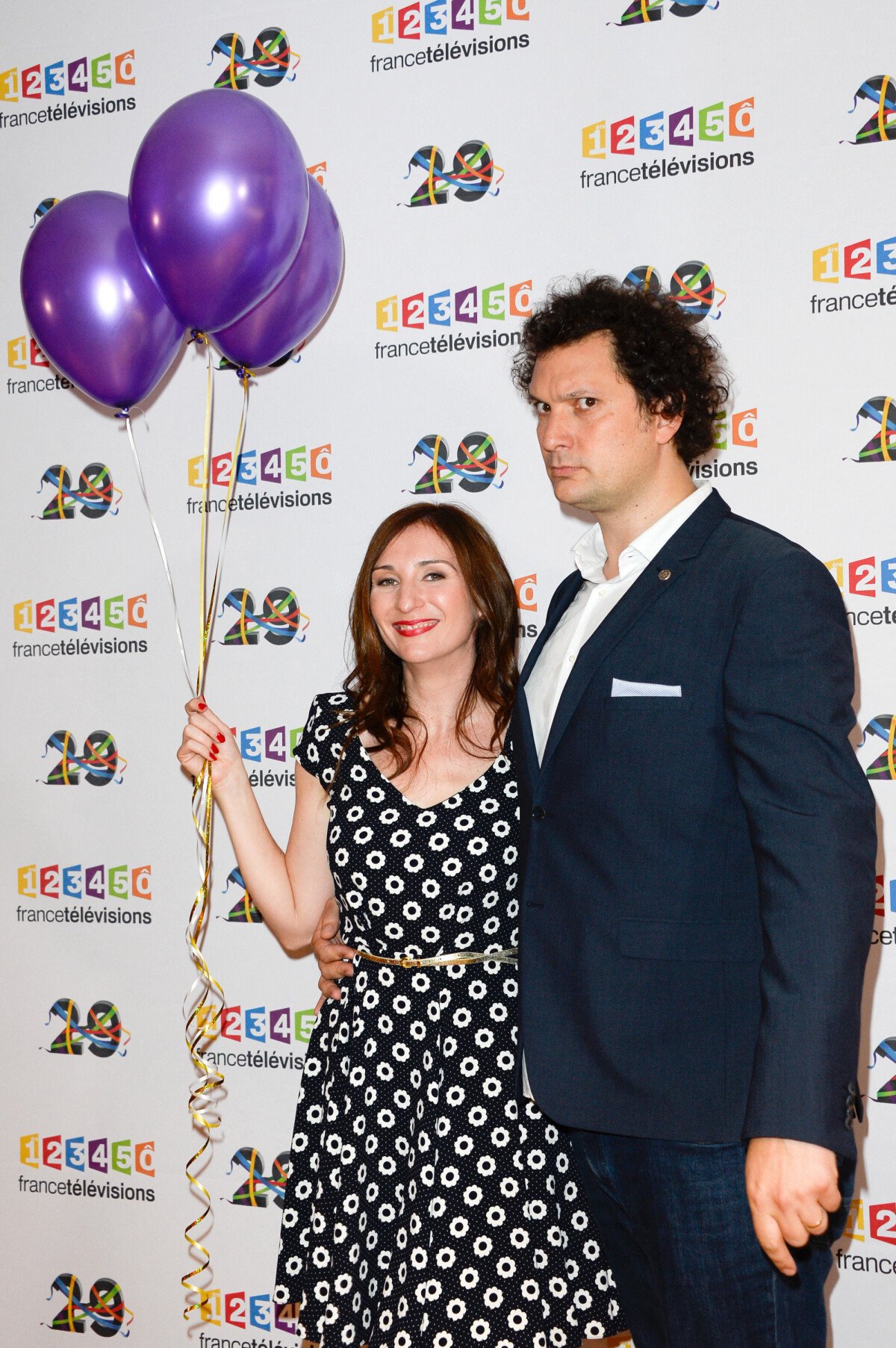Depth, Not Just Diversity: A Critical Look At Asian And Asian American Media Portrayals

Table of Contents
The Persistent Problem of Stereotypes
The underrepresentation of Asian and Asian Americans in media is a significant issue, but the problem extends far beyond mere numbers. The portrayals that do exist are often riddled with harmful stereotypes that perpetuate inaccurate and damaging narratives.
The Model Minority Myth and its Harmful Effects
The "model minority" myth is perhaps the most insidious stereotype impacting Asian and Asian American media representation. This myth paints all Asians as inherently intelligent, hardworking, and successful, ignoring the vast socioeconomic disparities and individual struggles within these diverse communities. This oversimplified portrayal masks the realities of poverty, discrimination, and mental health challenges faced by many Asian individuals.
- Oversimplification of diverse experiences: The "model minority" stereotype erases the struggles of those who don't fit this idealized image.
- Ignoring systemic inequalities: It ignores the historical and ongoing systemic racism and discrimination that continues to affect Asian communities.
- Creating unrealistic expectations and pressure: This stereotype places immense pressure on individuals to conform to an unrealistic ideal, leading to feelings of inadequacy and self-doubt.
Examples of this harmful stereotype abound in media, from the perpetually high-achieving student to the effortlessly successful entrepreneur, rarely showcasing the everyday struggles and complexities of real Asian and Asian American lives. This lack of authentic portrayal fuels misunderstanding and perpetuates a dangerous narrative.
Other Harmful Stereotypes and Tropes
Beyond the "model minority" myth, other harmful stereotypes plague Asian and Asian American media representation. These include:
- The hypersexualized Asian woman: Often portrayed as exotic, submissive, or solely defined by their sexuality.
- The emasculated Asian man: Depicted as nerdy, effeminate, or perpetually subservient to dominant figures.
- The nerdy/socially awkward Asian: This stereotype, while seemingly less harmful, reinforces the idea that Asians are inherently different and othered.
These tropes have deep historical roots, stemming from colonialism and xenophobia. They perpetuate harmful gender roles, reinforce racial biases, and deny Asian and Asian American characters agency and complexity. These reductive portrayals prevent genuine understanding and appreciation of the diverse range of experiences within these communities.
The Need for Authentic and Multifaceted Characters
To combat the persistent problem of stereotypes, a fundamental shift is needed in how Asian and Asian Americans are portrayed in media. This requires a move away from simplistic tropes and towards authentic and multifaceted characters.
Beyond the Stereotype: Showcasing Complexity
Authentic representation requires the inclusion of characters with diverse backgrounds, sexual orientations, socioeconomic statuses, and abilities. We need to see characters who are flawed, vulnerable, and ambitious—characters who are fully human. The narrative should be driven by compelling character development, rather than relying solely on superficial representation.
- Showing the full spectrum of human experience within the community: This includes portraying the struggles, triumphs, and nuances of everyday life.
- Breaking down monolithic representations: We need to move beyond singular narratives and showcase the incredible diversity within Asian and Asian American communities.
- Creating relatable and compelling stories: Authentic stories resonate deeply with audiences and foster empathy and understanding.
Amplifying Asian and Asian American Voices
Authentic representation begins behind the camera. We urgently need more Asian and Asian American writers, directors, producers, and other creative professionals to tell their own stories. Their unique perspectives and lived experiences are crucial in crafting narratives that are both accurate and impactful.
- Ensuring cultural accuracy and sensitivity: Creators from within the community are best equipped to avoid perpetuating harmful stereotypes.
- Providing opportunities for underrepresented talent: Investing in and empowering Asian and Asian American creatives is essential for lasting change.
- Creating more authentic and impactful narratives: Stories told by members of the community offer authenticity and resonate more deeply with viewers.
The Path Towards Better Asian and Asian American Media Representation
Achieving meaningful and lasting change in Asian and Asian American media representation requires a multifaceted approach.
Holding Media Accountable
Viewers have a vital role to play in demanding better representation. We must actively engage in media criticism and hold media companies accountable for their portrayals.
- Boycotting projects with harmful stereotypes: This sends a clear message to the industry that such portrayals are unacceptable.
- Supporting projects with positive representation: This encourages the creation of more inclusive and authentic content.
- Engaging in constructive dialogue with media creators: Open and honest conversations can lead to meaningful change.
Celebrating Positive Examples
While much work remains to be done, there are positive examples of nuanced and authentic portrayals of Asian and Asian American characters emerging. By highlighting these successes, we can provide a roadmap for positive representation and inspire further progress.
- Showcasing successful examples of inclusive media: Sharing and celebrating positive examples encourages the creation of more such projects.
- Providing a roadmap for positive representation: Analyzing successful examples can inform future projects and encourage best practices.
- Inspiring further progress in the field: Highlighting successes motivates others to strive for better representation.
Conclusion
This exploration of Asian and Asian American media representation reveals a critical need to move beyond superficial diversity and embrace depth. The persistent use of stereotypes not only limits understanding but also perpetuates harmful biases. By actively seeking out authentic narratives, supporting creators from within these communities, and holding media accountable, we can collectively work towards more accurate and nuanced portrayals. Let’s demand better Asian and Asian American media representation, celebrating the complexity and richness of these communities on screen. Let's champion films, television shows, and other media that truly reflect the multifaceted experiences of Asian and Asian American people.

Featured Posts
-
 Bradley Wiggins Post Retirement Struggles Addiction Bankruptcy And Recovery
May 12, 2025
Bradley Wiggins Post Retirement Struggles Addiction Bankruptcy And Recovery
May 12, 2025 -
 Ofilis Impressive Third Place Finish In 100 000 Grand Slam Track Debut
May 12, 2025
Ofilis Impressive Third Place Finish In 100 000 Grand Slam Track Debut
May 12, 2025 -
 Sheehans Reaction Ipswich Town Face Challenges Head On
May 12, 2025
Sheehans Reaction Ipswich Town Face Challenges Head On
May 12, 2025 -
 Chantal Ladesou Et Le Retour Du Jeu Le Fil D Ariane Sur Tf 1
May 12, 2025
Chantal Ladesou Et Le Retour Du Jeu Le Fil D Ariane Sur Tf 1
May 12, 2025 -
 Payton Pritchards Historic Year Earns Him Sixth Man Of The Year Award
May 12, 2025
Payton Pritchards Historic Year Earns Him Sixth Man Of The Year Award
May 12, 2025
Latest Posts
-
 L Histoire D Amour D Eric Antoine Ce Que L On Sait Sur Sa Vie Sentimentale
May 12, 2025
L Histoire D Amour D Eric Antoine Ce Que L On Sait Sur Sa Vie Sentimentale
May 12, 2025 -
 Budget Serre 12 Astuces Pour Faire Des Economies
May 12, 2025
Budget Serre 12 Astuces Pour Faire Des Economies
May 12, 2025 -
 Dans Quoi Investir Mon Argent
May 12, 2025
Dans Quoi Investir Mon Argent
May 12, 2025 -
 La Vie Amoureuse D Eric Antoine Un Acteur Celebre Et Une Relation Secrete
May 12, 2025
La Vie Amoureuse D Eric Antoine Un Acteur Celebre Et Une Relation Secrete
May 12, 2025 -
 Doze D Economie Optimiser Son Budget C Est Possible
May 12, 2025
Doze D Economie Optimiser Son Budget C Est Possible
May 12, 2025
